The armpit is one of the sensitive parts of the body. Numerous blood vessels, lymph nodes, and nerves run through the armpits. Pain in the left armpit can be caused by various medical conditions, including muscle strain, shingles, and even a heart attack, etc. This pain can range from mild to severe, depending on different reasons.
Luckily, most pains in the left armpit are not life-threatening and do not require medical help. But there are also cases where you feel a sharp and shooting pain in your armpit area, which may be a sign of a severe health condition. This article discusses 18 common causes of pain in the left armpit with treatment.
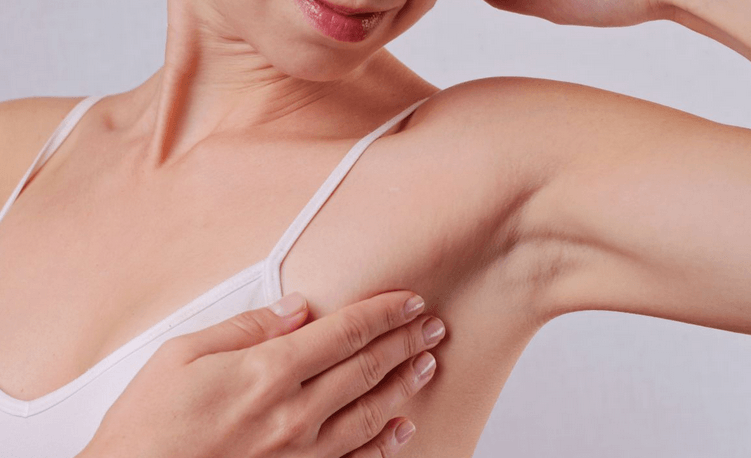
Symptoms of Pain in Left Armpit
- Sharp or stabbing pain: The pain may be sudden and intense, resembling a stabbing sensation.
- Dull or aching pain: The pain may be persistent and dull, with a constant ache in the left armpit.
- Swelling or tenderness: The armpit may appear swollen or feel tender to the touch.
- Redness or warmth: The skin in the left armpit may be red and warm to the touch.
- Lumps or bumps: You may feel lumps or bumps in the left armpit, which could be swollen lymph nodes or cysts.
- Skin changes: The skin in the left armpit may appear discolored, flaky, or have a rash.
- Limited range of motion: Pain in the left armpit may limit your ability to move your arm freely.
- Numbness or tingling: You may experience a sensation of numbness or tingling in the left armpit or down the arm.
- Radiating pain: The pain may radiate from the left armpit to the chest, shoulder, or down the arm.
- Difficulty breathing: In rare cases, severe pain in the left armpit may be associated with difficulty breathing or chest pain, which may indicate a heart-related issue.
18 Common Causes of Pain in the Left Armpit
1. Muscle Strain
The overuse or injury of the chest or arm muscles may lead to pain in the armpit. The pectoralis is a large chest muscle that runs up to the shoulders.
This muscle can be injured by lifting weights or sports. The coracobrachialis, a muscle in the upper arm, can be damaged or strained from throwing activities or sports, such as tennis, weapon, and baseball.
If the chest or upper arm muscles become inflamed or sprained, you may feel pain in the left armpit or both.
2. Lymphadenitis (Lymph node inflammation)
Lymph nodes are oval-shaped organs that contain immune cells. These are responsible for attacking and killing unwanted contaminants or invaders, such as viruses. Lymph nodes are found in many body parts, such as the groin, neck, and armpits.
When you are sick or infected by a virus, the lymph nodes release disease-fighting cells and compounds. They may also become painful or inflamed. Inflamed lymph nodes are called lymphadenitis.
Your doctor may advise you to take a fever-reducing painkiller and warm compress. You can also alleviate the inflammation by elevating the affected area. Antibiotics can also help in fighting the infection that leads to inflammation.
If the lymph nodes are infected, an abscess may form. Your doctor will drain the abscess to alleviate the swelling. The treatment may include surgery, radiation, and chemotherapy if the lymphadenitis is due to a cancerous tumor.
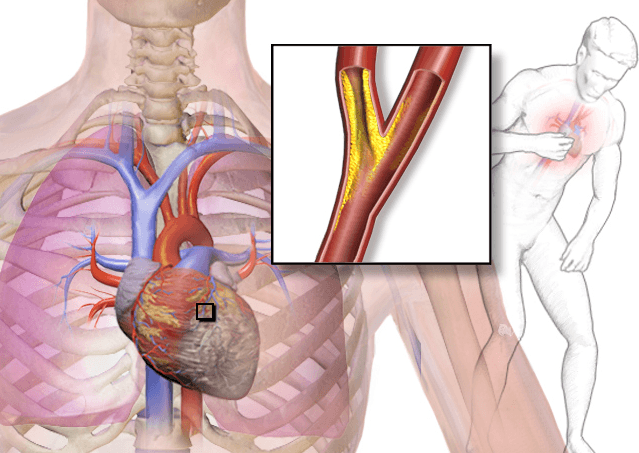
3. Pain in Left Armpit Caused by Angina
Angina is chest pain due to reduced blood flow to the heart muscles. The blood carries oxygen, which the heart needs to function correctly. When the heart is deprived of oxygenated blood, it also leads to ischemia.
Angina is a symptom of coronary artery disease commonly described as pressure, tightness, heaviness, or pain in the chest. Other symptoms of angina may include shortness of breath, dizziness, nausea, fatigue, neck, jaw, or chest pain.
People who smoke, with diabetes, high blood pressure, high blood cholesterol, lack of exercise, a history of heart disease, and stress, have a higher risk of developing angina if they are experiencing pain in the left armpit and chest and get medical help immediately.
4. Hidradenitis Suppurativa
Hidradenitis suppurativa is a skin condition that comes with sore lumps. It usually develops where the skin rubs together, such as the groin, buttocks, armpits, and under the breast. The tiny lumps may break, smell, and create tunnels under the skin.
This condition may occur when the hair follicles are inflamed or blocked. Many factors can cause blockages, such as hormones, genetics, metabolic syndrome, irregular immune system response, excess weight, and smoking.
The signs and symptoms may include: Blackheads, Red Bump,s Pea-sized lumps and Tunnels
Early diagnosis and treatment can control the symptoms and avert further complications, such as infection, scars, limited movement, obstructed lymph drainage, social isolation, and cancer.
5. Sporotrichosis
Sporotrichosis, or rose handler’s disease, is an infection caused by a fungus (Sporothrix Schenck). This fungus is related to mold or yeast.
Sporotrichosis is commonly linked with scrapes or cuts when handling vegetation (wood, hay, sphagnum moss, sharp-stemmed plants, and soil). The infection is common among farmers, gardeners, and nursery workers. It may take days or months to develop when mold spores enter the skin.
The first symptom of this condition is a bump or nodule on the skin. The color may range from pink to purple. It is usually tender and mild but may develop an open sore (ulcer) that drains clear liquid. Without proper treatment, the nodule and ulcer can be severe.
It may also spread to the arms and legs and last for years. The infection may spread to joints, bones, lungs, or the brain in severe cases. If you think you or someone you know might have Sporotrichosis, seek medical attention for proper diagnosis and treatment.
6. Breast Cancer
Breast cancer forms in the breast cells and may occur in both men and women. The cause of breast cancer is not apparent, but lifestyle, environmental factors, and hormones may increase the risk of breast cancer.
It often starts with cells in the milk-producing ducts or may begin in the breast’s glandular tissue or other tissue or cells. The signs and symptoms of breast cancer may include:
Breast lump Change in shape, size, or appearance Skin changes or scaling, flaking, and peeling around the nipple Suddenly inverted nipple Redness or pitting of the skin
To diagnose breast cancer, tests, and procedures may include a breast exam, mammogram, breast ultrasound, biopsy, and breast MRI. See a doctor immediately for early treatment if you are experiencing any signs and symptoms of breast cancer.
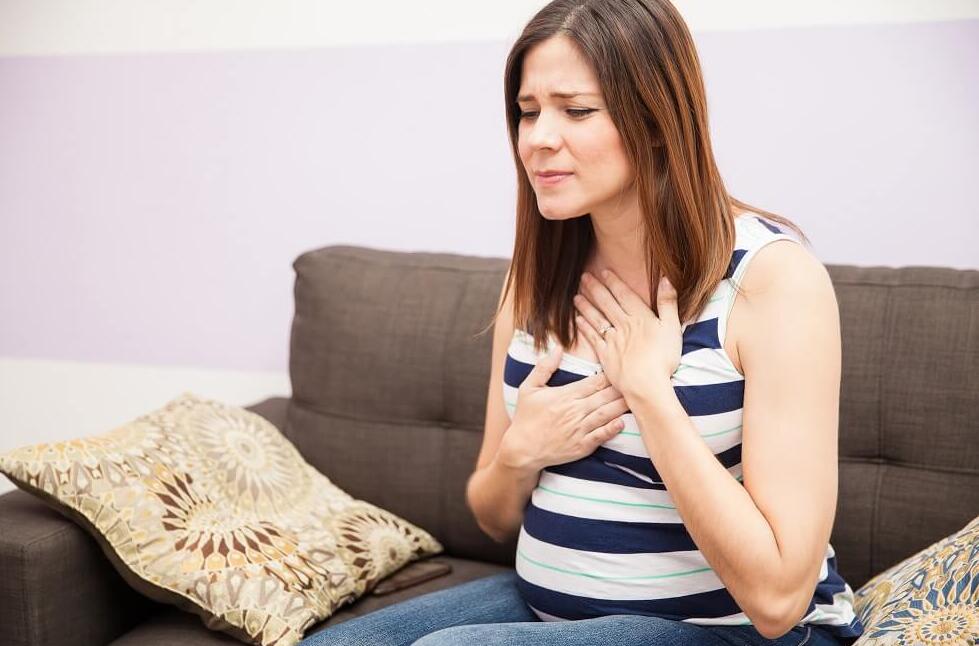
7. Heartburn or Acid Reflux Heart Attack
Another cause that can result in pain in the left armpit is heartburn. It is a burning sensation in the chest area behind the breastbone. The pain is usually worse when bending over or lying down.
It occurs when the stomach acid backs up into the esophagus (a tube that transfers food from mouth to stomach). Heartburn that affects your daily tasks can sign a more severe condition that requires medical attention.
The symptoms of heartburn include Pain that worsens when bending over or lying down and chest pain that occurs at night.
If you are experiencing severe chest pain accompanied by other symptoms such as pain in the armpit, arm, jaw, or shortness of breath, seek medical help immediately.
8. Shingles near the Armpit
Singles are viral infections that may occur in any part of the body. It looks like a single stripe of blisters wrapped around the torso’s right or left side.
If there is an eruption near the armpit, it can cause armpit pain. Shingles are caused by the same virus (varicella-zoster virus) that causes chickenpox. The signs and symptoms of shingles may include Pain, burning, numbness, or tingling sensation.
A person with shingles may also experience a headache, fever, fatigue, and sensitivity to light. Seek immediate medical help if the rash or pain occurs near your eyes, if you are 70 or above if you have a weak immune system due to illnesses, or if the rash is already spreading.
9. Anxiety
Anxiety is also associated with underarm pain. It results in shaking, sweating, irritation, and rapid heart rate, which may cause pain in the underarms.
People with anxiety disorders often have intense, persistent, excessive worry about daily circumstances. These feelings and panic can affect your daily tasks. Other signs and symptoms of anxiety may include:
Trembling Difficulty controlling worry Hyperventilation or rapid breathing Feeling tense or nervous Feeling tired or weak Difficulty sleeping Having the urge to avoid things that trigger anxiety Gastrointestinal problems
See a doctor if you think you are worrying too much and it hinders your tasks, relationship, or other activities if you feel depressed and cannot control alcohol, drug intake, or suicidal thoughts.
10. Armpit Infection
Bacterial infections can result in fever, odor, and sore armpits. The condition could be caused by granular bacteriosis, trichomycosis axillary, or folliculitis.
If you find red splotches, lumps, and itchy spots, your pain in the left armpit could be caused by infected hair follicles or sweat glands. The most common causes of infection include:
Poor hygiene Cosmetic products that contain harsh chemicals Extended periods of moist conditions underarm Excessive sweating or hyperhidrosis
The treatment of the infection depends on the underlying cause. If the condition occurred due to excessive sweating, your doctor might prescribe oral or topical drugs, antibiotics, and over-the-counter pain relievers.
It is essential to use high-quality deodorants that do not contain harsh chemicals. Always keep your underarms dry and clean to prevent sweat, oil, and bacteria from building up on your skin.
11. Breast Infection
Breast infections are commonly caused by Staphylococcus aureus, a type of bacteria found on the skin. The condition occurs when the bacteria penetrate through a crack or break in the skin, resulting in swelling.
This condition, also known as mastitis, occurs in breastfeeding women. A small percentage of infections not associated with breastfeeding are rare forms of breast cancer.
Non-lactational mastitis may occur in women with a compromised immune system. Those who have diabetes or lumpectomies may develop an infection. The common symptoms of breast infection may include:
Abnormal swelling of a breast Presence of a painful lump in the affected breast Nipple discharge Burning sensation or pain during breastfeeding Enlarged lymph nodes in the neck or armpits region
Other symptoms may include warm breasts, chills, redness, fever, tenderness, and nipple discharge.
If you are experiencing pain in the left armpit and some of the symptoms of a breast infection, contact your doctor for a proper diagnosis. During your treatment, you can also perform home remedies to relieve discomfort.
12. Pleurisy
The lining of the lung and chest area may become inflamed. This may be caused by a wide variety of health conditions, such as pneumonia, respiratory problems, and exposure to chemicals that may be toxic to the body.
The main reason why this condition is called pleurisy is that the lung and chest area are called “pleura.” Like Costochronditis, the pain this condition brings may increase whenever there is any movement. For example, if you try to breathe deeply, this will make you feel a sharp pain in the left armpit.
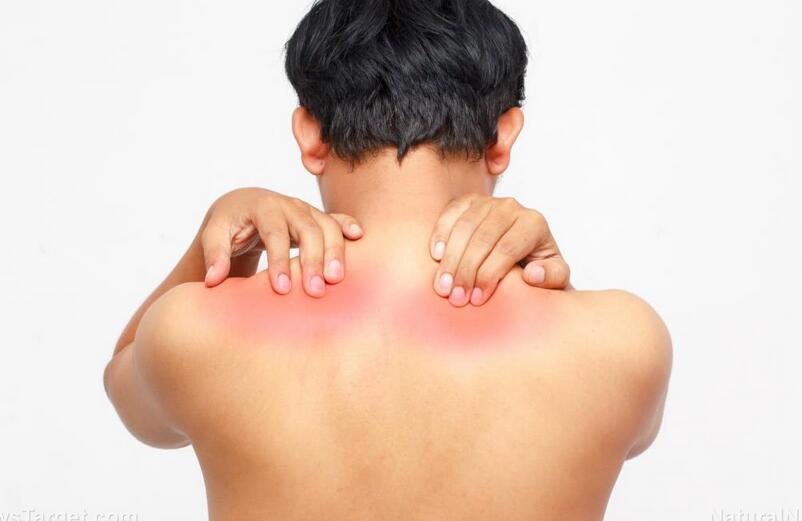
13. Shoulder Dislocation
One of the possible causes of pain in the left armpit is the dislocated shoulder. A partial dislocation occurs when the humerus (top of the upper arm bone) is partially out of the glenoid (joint socket).
When the humerus is out of its socket, it is a complete dislocation. The symptoms of a dislocated shoulder include Swelling Deformity, Numbness, Bruising, and Weakness.
Dislocation of the bone may damage ligaments and nerves around the area. If you experience any of the symptoms mentioned, visit a specialist immediately.
The doctor will return the humerus (upper arm bone) to the glenoid (joint socket). They may also immobilize the shoulder for a few weeks.
You can also cool the area with ice three to four times daily to alleviate inflammation and pain. Once the swelling worsens, your doctor will prescribe rehabilitation exercises to strengthen the muscles and restore the range of motion.
14. Cerebrovascular Accident / Stroke
A cerebrovascular accident or stroke occurs when blood flow to a part of the brain is restricted by a blood vessel or blockage rupture.
If you suspect you or someone you know might have stroke symptoms, visit a doctor quickly. Leaving it untreated for too long can cause permanent damage to the brain. The symptoms of a stroke are:
Difficulty walking Dizziness, blurred vision Loss of coordination and balance Paralysis or numbness in the arm, leg, or face A sudden headache, usually accompanied by dizziness, nausea, and vomiting Difficulty speaking or understanding
If any of the symptoms are present, going to a fast prognosis and treatment hospital is essential. Your doctor will perform tests to discover the cause and determine its location. Treatment will depend on the type of stroke.
To reduce your risk, limit cholesterol and saturated fat consumption. Maintain blood pressure, control diabetes, eat a diet rich in fruits and vegetables, and exercise regularly. Do not drink alcohol excessively, and refrain from smoking.
15. Brachial Plexus Injury
Another possible cause of pain in the left armpit is brachial plexus injury. This condition occurs when the network of nerves that delivers signals from the spine to shoulders, arms, and hands are compressed, stretched, or torn.
In minor cases, brachial plexus injuries are caused by contact sports, such as wrestling and football. However, tumors or inflammation may also lead to damage.
Severe brachial plexus injuries are caused by motorcycle or auto accidents and may leave the arm paralyzed. Surgical procedures will be required to restore sensation and function. Depending on the location and severity of the injury, the signs and symptoms of this condition are:
Minor injuries – Burning sensation or electric shock shooting down the arm, weakness, and These symptoms may last a few seconds to several minutes. Severe injuries include weakness, inability to use your shoulder, arm, or hand, and severe pain.
See a doctor if you experience weakness in your arm or hand, neck pain, and other symptoms of brachial plexus injuries. It is crucial to be treated immediately after the damage as it can result in permanent weakness or disability.
16. Hyperthyroidism
Overactive thyroid or hyperthyroidism is when the thyroid gland produces excessive hormone thyroxine. This significantly boosts the body’s metabolism, leading to irregular heartbeat, sudden weight loss, irritability, nervousness, and sweating.
In some cases, it may also cause pain in the left armpit. The common symptoms of hyperthyroidism include:
Sudden weight loss Increased appetite Rapid or irregular heartbeat Trembling fingers Frequent bowel movements Brittle hair and thinning skin Anxiety, irritability, and nervousness
Other symptoms of hyperthyroidism include sweating, increased sensitivity to heat, changes in menstrual patterns, muscle weakness, and fatigue. Treatment depends on the physical condition, age, severity, and underlying cause. Your doctor may recommend anti-thyroid medications, radioactive iodine, beta-blockers, or surgery.

17. Pinched Nerve
The Pinch nerve could also cause pain in the left armpit. It occurs when excessive pressure is applied to the affected Nerve by surrounding tissues, such as muscles, bones, tendons, or cartilage.
Other health conditions may lead to pinched nerves, such as obesity, sports activities, injury, repetitive work, wrist arthritis, or rheumatoid.
The signs and symptoms may include Pins and needles tingling sensations, or numbness in the area.
Most conditions related to a pinched nerve are worse at night. See a specialist immediately if you have experienced the signs and symptoms for a few days.
The most recommended treatment for a pinched nerve is rest. Avoid any activities that can aggravate the condition. Your doctor may also recommend physical therapy and medications. Surgery may be required if the condition does not improve.
18. Cyst
A cyst in your armpit may sound scary, but it does not pose a life-threatening condition. Cysts can develop anywhere in the body. They are more likely to appear on the skin and be filled with pus, fluid, or air. Most cysts are usually harmless and caused by infections or blocked glands.
The common causes of armpit cysts are: Shaving Bacterial, fungal, or viral infection.
In rare cases, a cyst in the armpit could be caused by cat scratch fever, mononucleosis, AIDS, and cancer. You can try home remedies to eliminate the cyst if the pain is not severe.
If the cyst and surrounding area are inflamed, visit a doctor to have it appropriately examined. Your doctor may recommend injecting steroids to alleviate the inflammation.



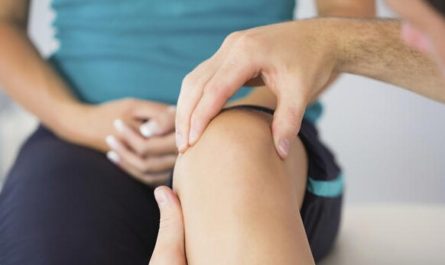
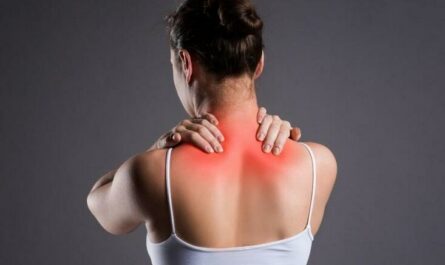
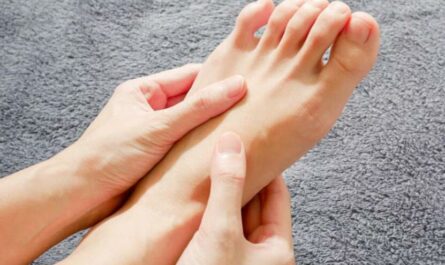
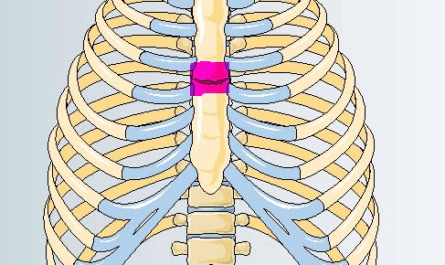
I was wondering if a tumor from the parathyroid could cause any Pain – From back or shoulder and completely around the arm